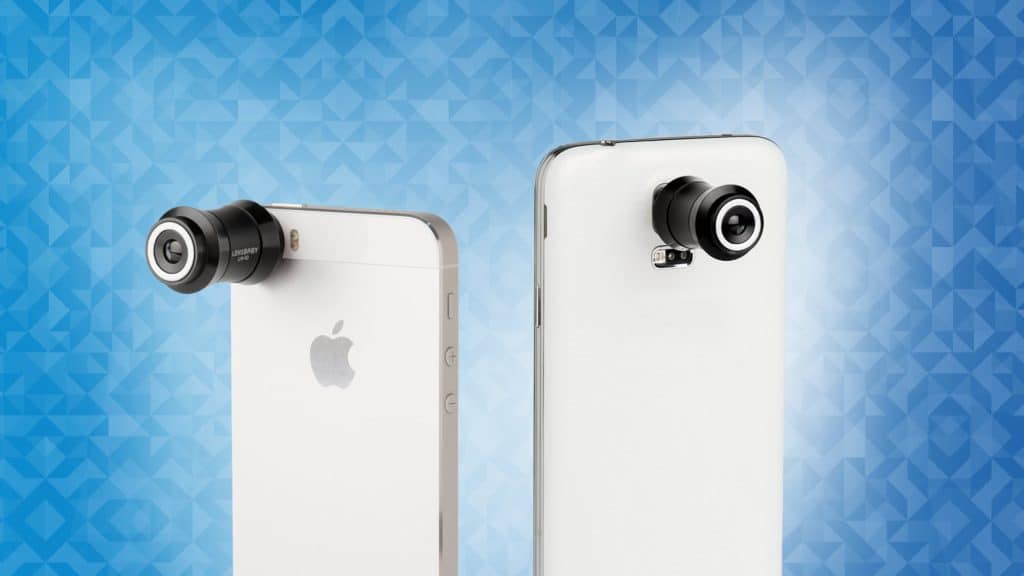There are times when a photographer’s bag is too big, too heavy or just not handy. In these situations, a smartphone can save the day by allowing you to take that perfect picture, that unique snapshot. Smartphones have good cameras, with wide lenses, movement reduction, and post-processing software that allows a quick and on the spot fix. With a smartphone’s camera, you don’t have to set too many parameters because the phone does this for you. While is limiting your setting options, the smartphone gives you the liberty to take quick photos, to photograph when you are in motion, to get really close to your subject, and even to make a panorama.
Here are some tips that will help you wipe out any difference between photos taken with your phone and those taken with a DSLR.
Use the same composition principles
Just because you are using your phone to take pictures doesn’t mean that you have to forget the composition principles. A phone gives you many degrees of freedom, so take advantages of them and play with composition. Rules for colors, shapes, lines, textures, the rule of thirds, and all the other composition rules still apply.
Do not exceed smartphone’s lens possibilities
Usually, the lens on a smartphone is wide and has a small optical magnification factor. The software behind it is letting you magnify more than the lens can do and the result can be blurred. ISO is also limited. Learn what your smartphone can do. Read the manual, look to filters and settings, practice. A smartphone’s camera can be a great tool if you know how to use it.
Use external lenses
The photo industry has been careful about the new user requirements. After delivering lenses for DSLR and mirrorless cameras, the big manufactures thought about smartphones. The principle is simple: take an external lens, stuck it to your phone (this is done using folding arms or magnets and it usually requires to take off the protective cover), install a software, and take some pictures. These lenses are small and light, can be used with many types of phones (iOS or Android), and come with their own accessories.
An external lens can add a lot to your picture’s quality. Take for example the Lensbaby LM-10 which allows you to achieve the famous Lensbaby effects using your phone. It costs around 70$ and even if it is a fixed lens it gives you all the joy of a Lensbaby. Another good example is Sony Lens G DSC-QX10, a 35 mm lens which gives you a 10x optical zoom. It works on WiFi or NFC and you can just keep it close to your phone, not stuck to it.

